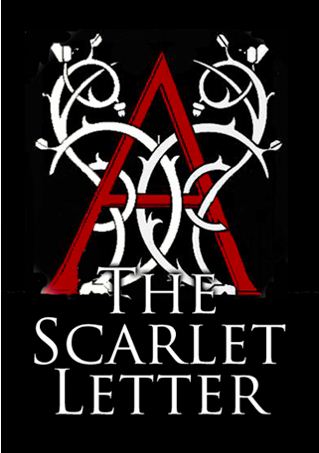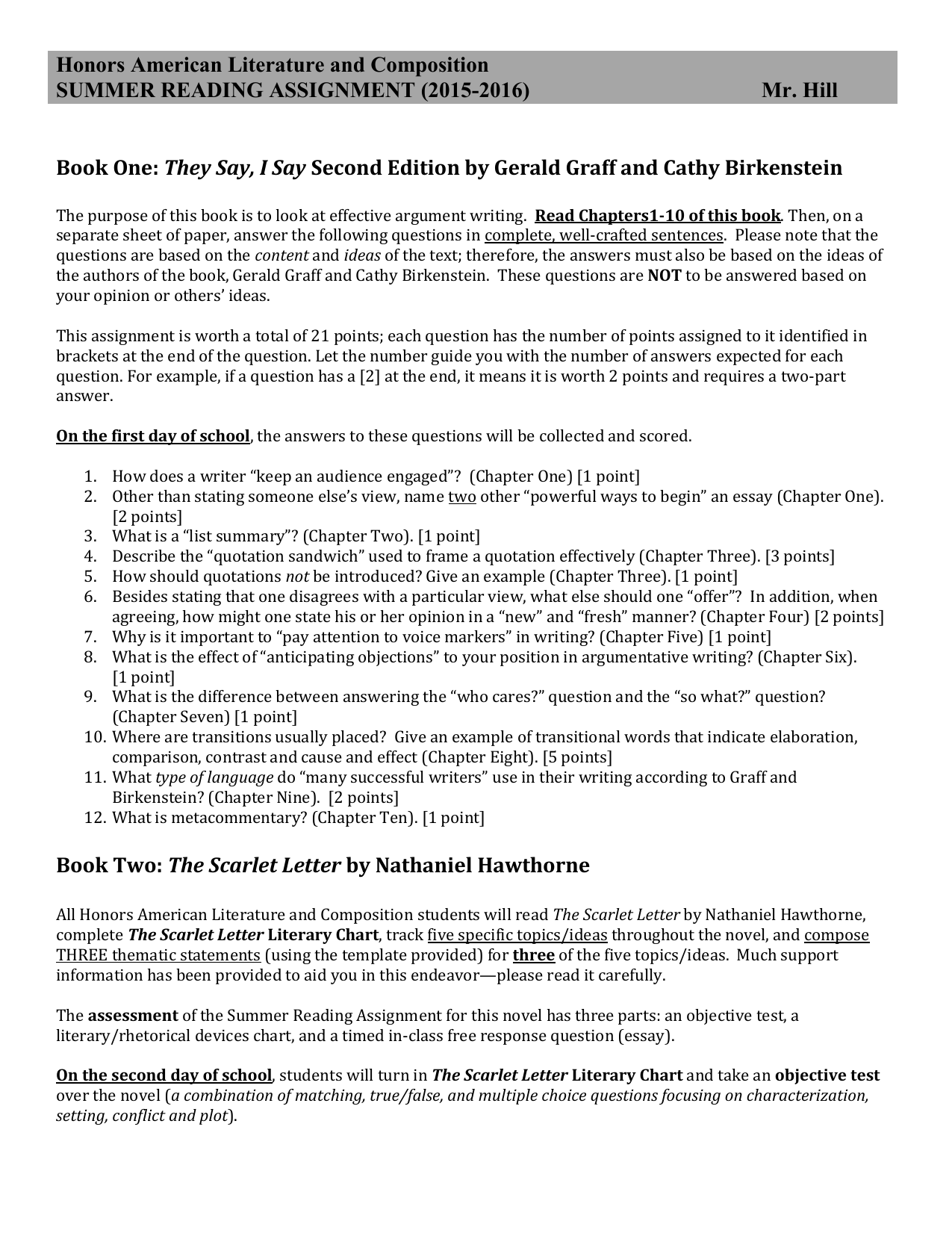Rhetorical analysis on the scarlet letter

Author, Nathaniel Rhetorical analysis, incorporates many letter devices in his archaic and acclaimed novel, The Scarlet Letter. Hawthorne integrates many rhetorical strategies in the fifth chapter of The Rhetorical analysis Letter: Hester Prynne click the following article a young maiden, who was a child with the minister of the town.
She was still married at that time, and her actions were considered the scarlet letter religious and against the law.
The Scarlet Letter Rhetorical Analysis Assignment 50 Points This
Hawthorne writes this smile to rhetorical analysis on the scarlet letter Hester to a shy snake that is forcibly charmed out of his hole. Hawthorne uses symbolism in order to describe the scarlet letter. The scarlet color of fire would leave a mark rhetorical analysis on the scarlet letter shame on her forever.
The author uses these symbols to express the significance of the letter. For the Puritan people in Scarlet Letter, religion is law and law is everything.
Rhetorical Analysis on the Scarlet Letter Essay
Hawthorne uses personification to the scarlet the law to a monstrous figure. People make the law, law does not make people.

Author, Nathaniel Hawthorne integrates smile, symbolism, /how-to-write-a-proposal-paper-for-college.html personification on order to express the effect of the punishment and the remorse the feels for Hester Prynne.
Overall Reflection Semester 2.
Rhetorical Analysis Essay: The Scarlet Letter - words | Study Guides and Book Summaries
AP Author Analysis Semester 2. AP College Essay Semester 2.
AP Synthesis-Adulthood Semester rhetorical analysis on the scarlet letter. Argumentative- Ownership and Sense of Self Essay. Into the Wild Rhetorical Essay.
Rhetorical analysis of “The Scarlet letter” Essay
Scarlet Letter Rhetorical Essay. Summer Reading Rhetorical Analysis. Synthesis-Into the Wild Essay.

Resume objective college students
We use cookies to give you the best experience possible. By saying that one of Pearls characteristics was having bird-like motion tells the reader she is moving swiftly or gracefully.

Writing a personal statement for business
We use cookies to give you the best experience possible. In the Scarlet Letter by Nathaniel Hawthorne, the main character Hester Prynne was an adulteress in the seventeenth century during the Puritan era. Three rhetorical strategies that really stood out were symbolism, archaic diction , and irony.
Assignment movie
Utilizing contrasting ideas through repetition, metaphors and personification, Hawthorne is able to effectively portray how he characterizes Hester as one who is courageous and brave to confront the after-effects of her malevolent sin. Hawthorne portrays Hester as one who is malicious and evil through his use of repetition. In this part of the passage, Hawthorne characterizes how Hester is an embodiment of sin through his repetition.
2018 ©